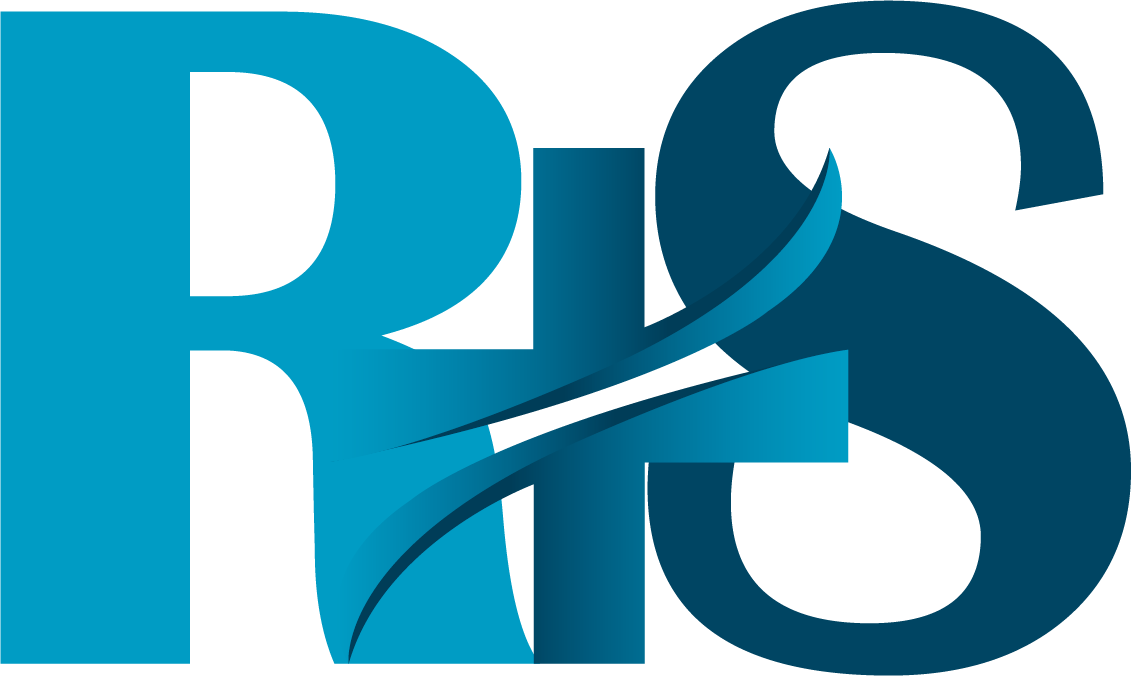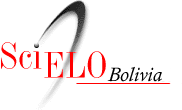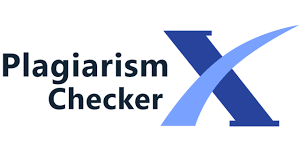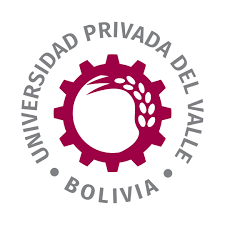Glycohemogoblin (HbA1C) Average Value Determination as A Reference for Treatment Adherence in Patients with Diabetes Mellitus Type II, Service Laboratory "La Paz" Hospital, August-December 2015
DOI:
https://doi.org/10.52428/20756208.v11i28.618Keywords:
Glycosylated hemoglobin, Diabetes Mellitus Type Il-Treatment, Determining HbA1cAbstract
Mellitus Type Il Diabetes (formerly adult or noninsulin dependent) characterized by inadequate insulin secretion, is related to lifestyle in eating habits and physical activity affects new age groups such as children and young people worldwide. Prevention and care also focuses on diabetics established, as a condition difficult to control in the beginning, claiming dietitians, physical, social control, and care in health that should result in a stable and fulfilling life, especially considering to elderly patients. A test that provides good information on patient behavior in their care and control: test for glycated hemoglobin (HbA1 C). A protein fraction of hemoglobin affinity quite glucose, capable of providing glycemic control data 2 to 3 months prior to performing the test. It is also used to determine the average value of HbA1 C in the population served as a benchmark therapeutic goal and understand the behavior of diabetic patients. This average was determined in patients presented at "La Paz" Hospital laboratory requiring proof of HbAIC. Glycemic information control was obtained through a an experimental and exploratory method, reflecting the degree of adherence to treatment and therapy, along with a correlation of blood glucose and generate schemes not very demanding treatment reducing the time of onset of severe complications.
Downloads
References
1. OMS, Orgamzación Mundial De La Salud, Global status report on non-communicable diseases (2012). [Internet] Ginebra, Suiza: Organización Mundial De La Salud [citado 19 de octubre de 2015] Disponible desde: http://www.who.inUmediacentre/factsheets/fs312/es/
2. OMS, Organización Mundial De La Salud, World Health Organization. Global Health Esnmates: Deaths by Cause, Age, Sex and Country, 2000-2012. Geneva, WHO, (2014). [Internet] Ginebra, Suiza: Organización Mundial De La Salud [citado 19 de octubre de 2015]. Disponible desde: http://www.who.inUmed1acentre/factsheets/fs312/es/
3. OMS, Organización Mundial De La Salud, Mathers CD, Loncar D. Projecllons of global mortallty and burden of disease from 2002 to 2030. PloS Med, 2006, 3(1t)·e442. (2006) [Internet] Ginebra, Suiza: Organización Mundial De La Salud [citado 19 de octubre de 2015]. Disponible desde : http://www.who.inUmed1acentre/factsheets/ls312/es/
4. OMS, Organización Mundial De La Salud, Global status report on non-communicable drseases 2010. Geneva, World Health Orgarnzation, (2011). [Internet] Ginebra, Suiza· Organización Mundial De La Salud [citado 19 de octubre de 2015]. Disponible desde: http://wwwwho.int/med1acentre/factsheets/fs312/es/
5. CALLE, Guiomara, "Hay más de 160 casos nuevos de diabetes al día en Bolivia", (2014) (Internet] La Paz, Bolivia· La Razón [citado 20 de octubre de 2015]. Disponibledesde: http://wwwla-razon.com/sociedad/Salud-casos-nuevos-diabetes-dia-Boliv1a_0_2145385459.html
6. MERCK SHARP & DOHME, Corp, The Merck Manual Protessicna! tath ed. España: Panamericana; c2014. 752 p.
7. GONZALES, Jorge A., 101 Secretos Para Una Vida Sana, 1 raed. Argentina: Sudamericana; c 2012. 54 p.
8. JOHN BERNARD, Henry, Laboratorio En El Diagnóstico Clínico. 20th ed. España. Marbán; c201 O. 208 p.
9. MINISTERIO DE SALUD Y DEPORTES, Asesoría de comunicación, Información (2011). [Internet] La Paz, Bolivia: Ministerio De Salud Y Deportes [citado 20 de octubre de 2015]. Disponible desde: http://www.who.int/mediacentre/factsheets/fs312/es/
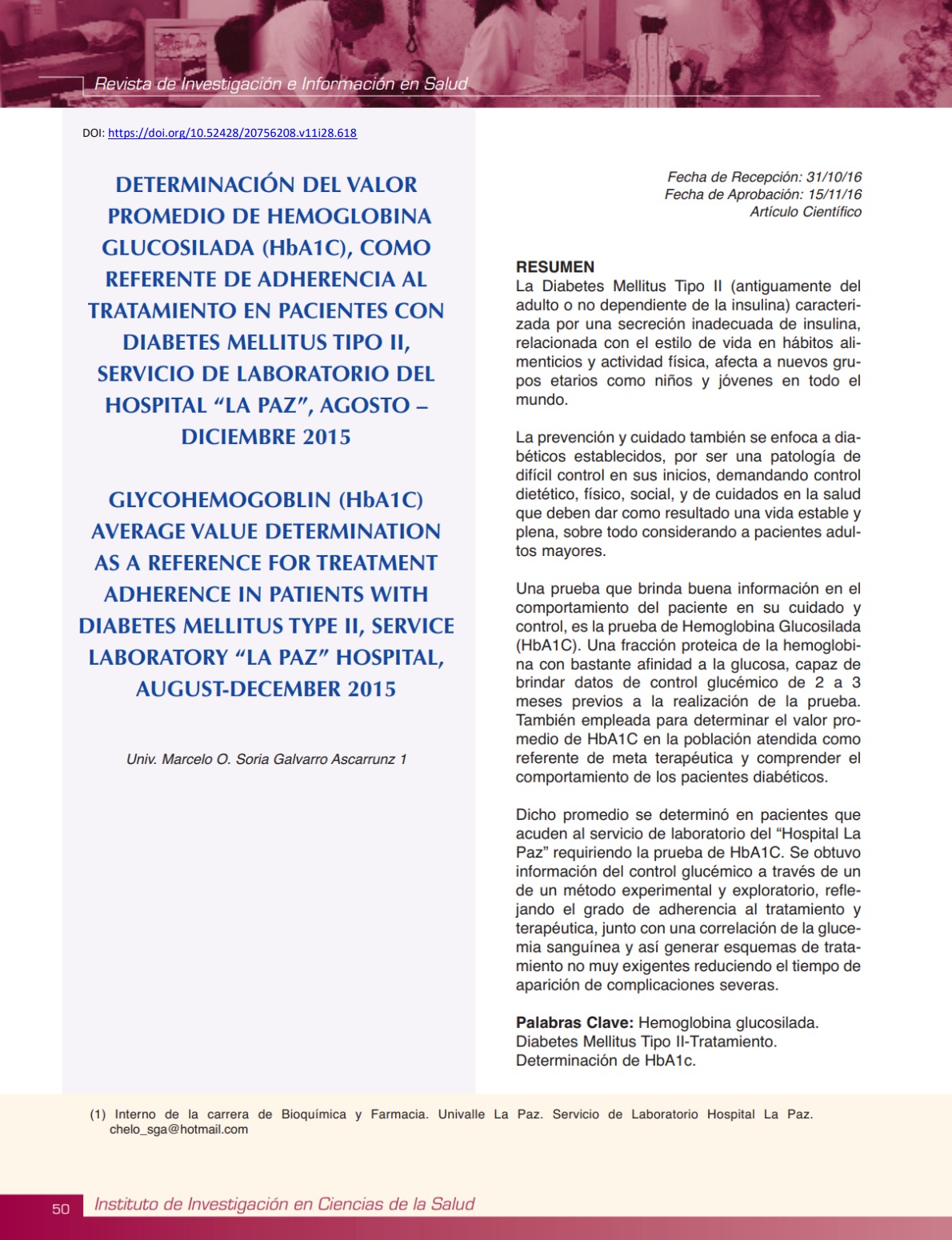
Downloads
Published
How to Cite
Issue
Section
License
Copyright (c) 2016 Marcelo O. Soria Galvarro Ascarrunz

This work is licensed under a Creative Commons Attribution 4.0 International License.
Authors who publish with this journal agree to the following terms:
- Authors retain copyright and grant the journal right of first publication with the work simultaneously licensed under a Creative Commons Attribution License 4.0 that allows others to share the work with an acknowledgement of the work's authorship and initial publication in this journal.
- Authors are able to enter into separate, additional contractual arrangements for the non-exclusive distribution of the journal's published version of the work (e.g., post it to an institutional repository or publish it in a book), with an acknowledgement of its initial publication in this journal.
- Authors are permitted and encouraged to post their work online (e.g., in institutional repositories or on their website) prior to and during the submission process, as it can lead to productive exchanges, as well as earlier and greater citation of published work.







